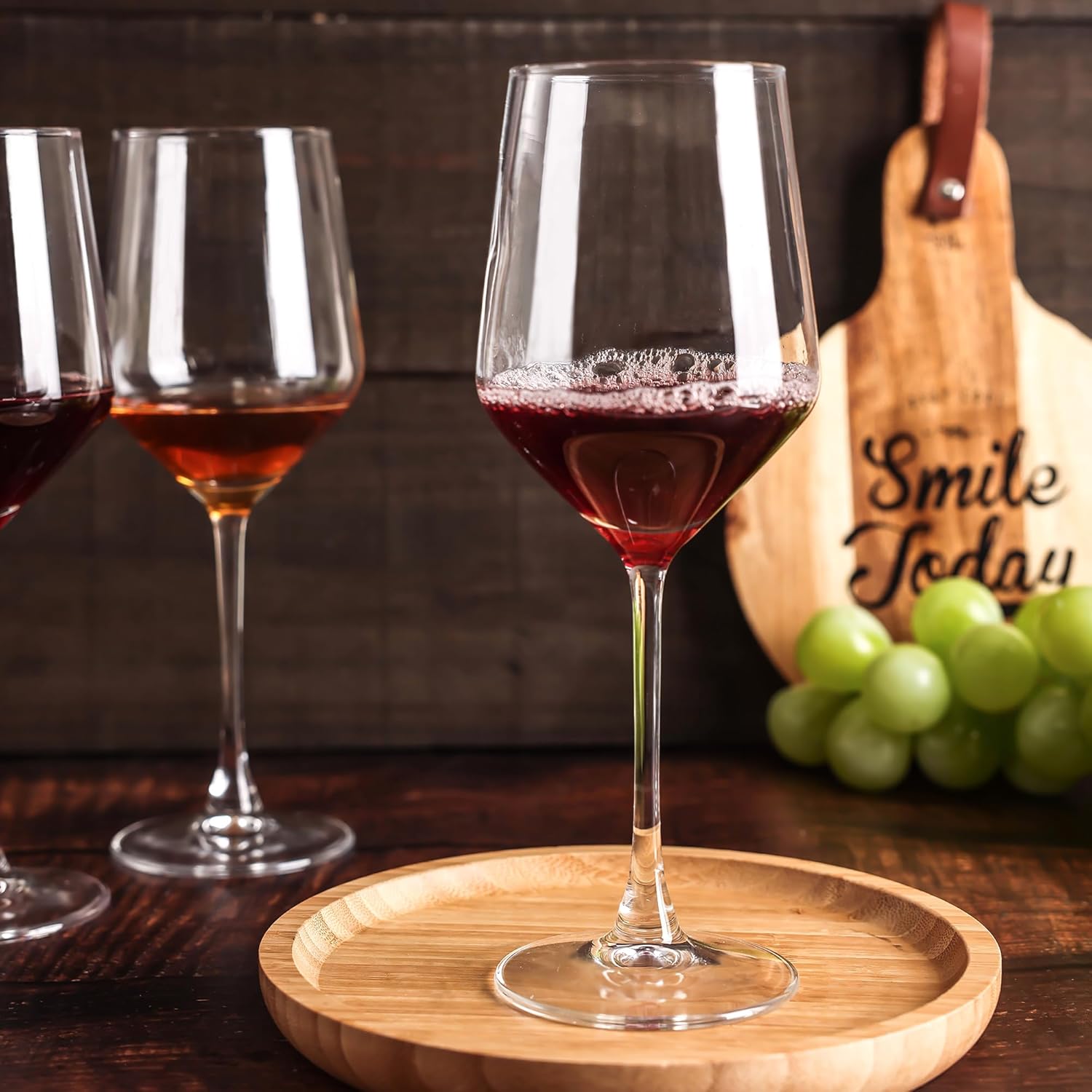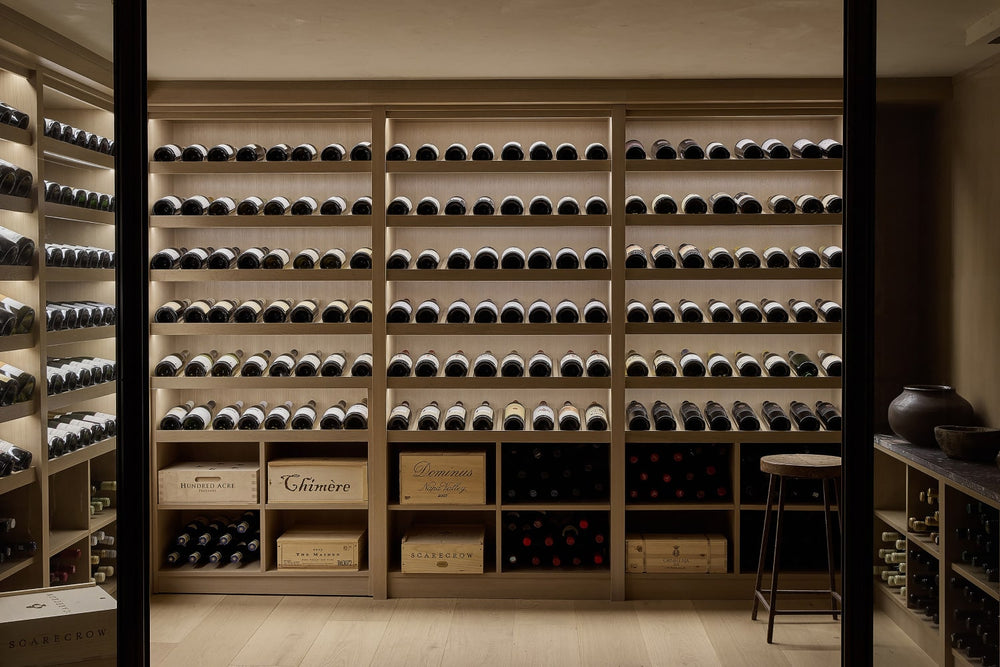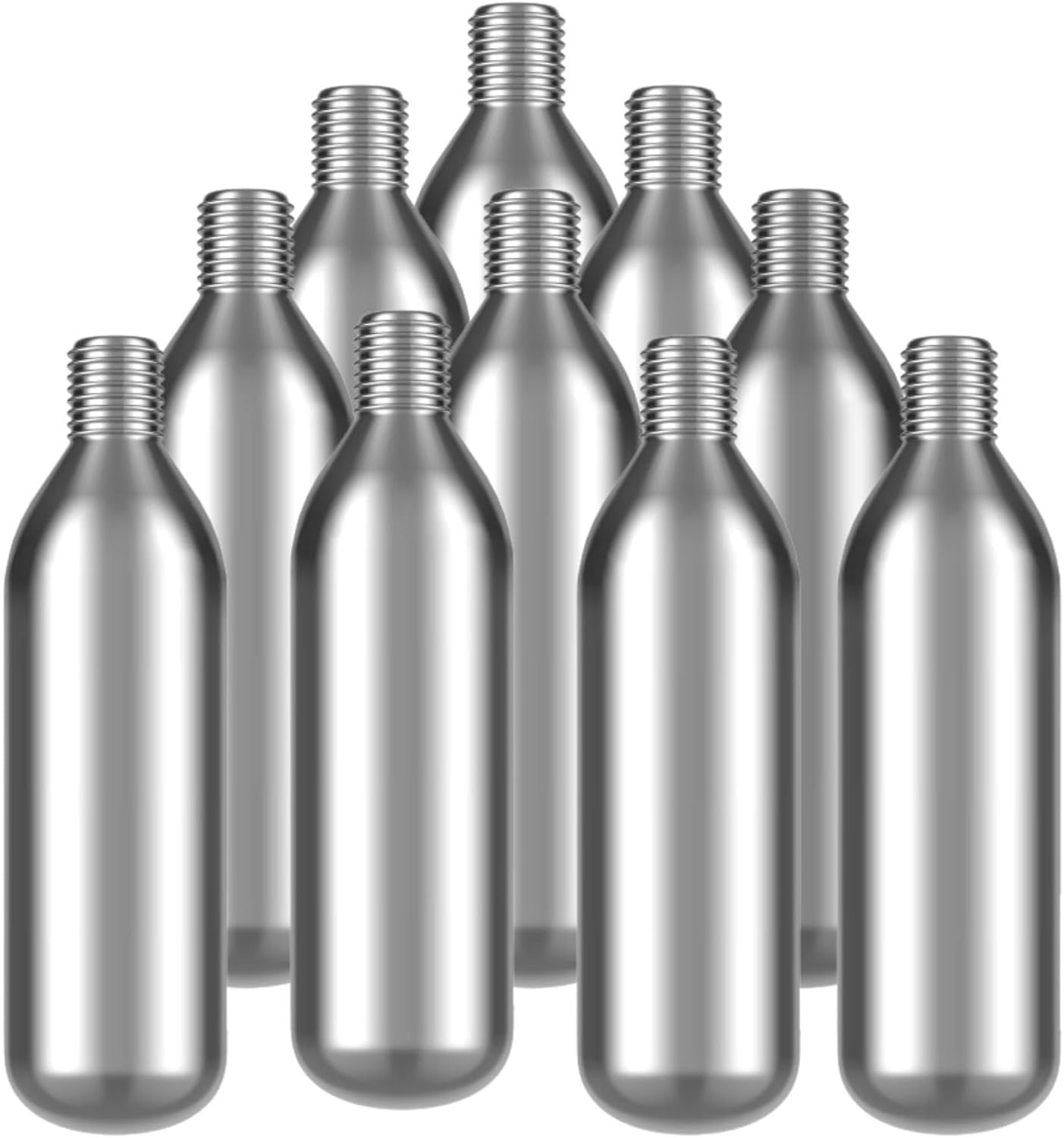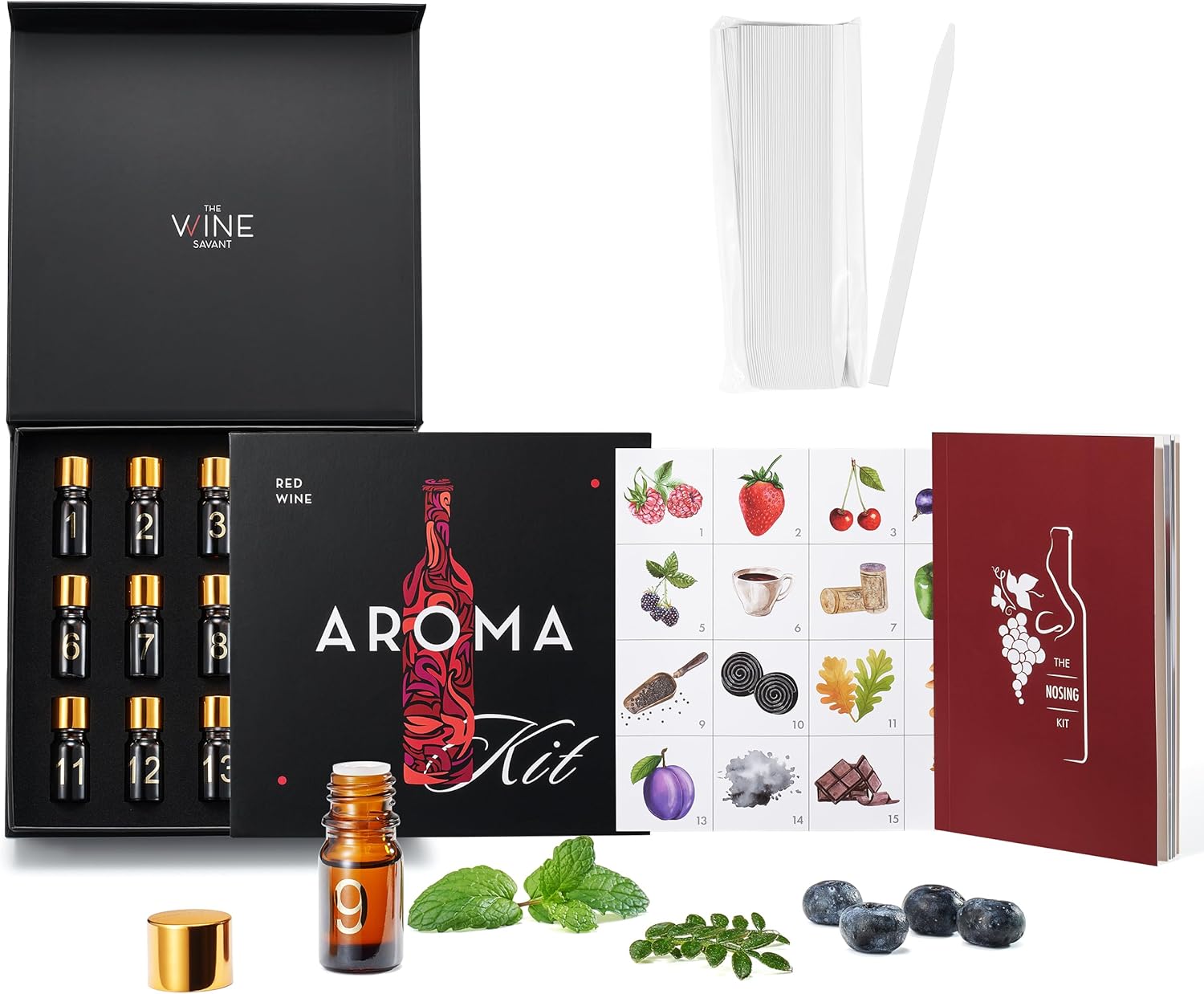Talk Like a Sommelier: The Ultimate Wine Terminology Guide (A-Z)
I still remember my first “serious” wine tasting. The sommelier swirled the glass, took a thoughtful sniff, and declared, “I’m getting notes of cassis, cigar box, and a hint of forest floor, with well-integrated tannins and a persistent finish.” I just stared at my glass of red wine, thinking, “It tastes… like grapes?” I felt completely out of my depth. If you’ve ever felt that way, you are not alone. The language of wine can seem like a secret code, designed to be exclusive and intimidating. But I’m here to tell you it’s not. Learning these terms is the key to unlocking a deeper appreciation for what’s in your glass. It gives you the words to describe what you like (and don’t like), transforming you from a passive drinker into an active, confident taster.
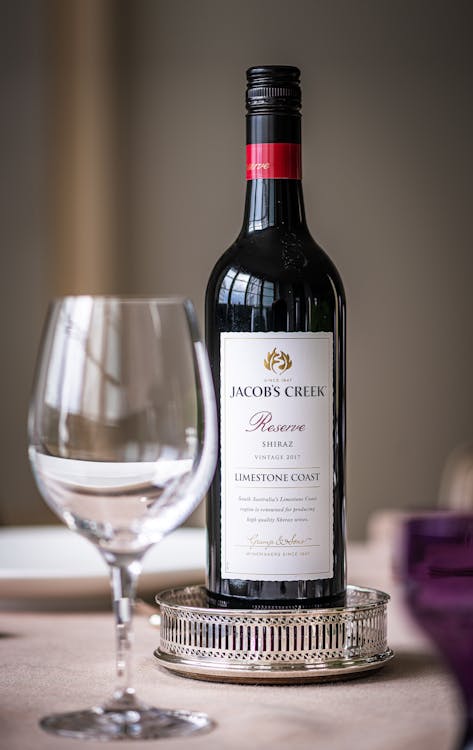
This guide is your Rosetta Stone for the world of wine. We’ve compiled an exhaustive A-to-Z list of the most important wine terms, explained in plain English with real-world examples. This post is an expanded version of our essential wine glossary for beginners, designed to be the only resource you’ll need to start talking, tasting, and thinking like a pro. Let’s decode the vocabulary together.
Affiliate Disclosure: This post contains affiliate links from Amazon. If you make a purchase through these links, we may earn a small commission at no extra cost to you. This helps us continue our mission of making wine accessible to everyone. We only recommend products we believe will genuinely help you on your wine journey.
A
Acidity
This is one of the big three (along with tannin and alcohol) that gives wine its structure. Acidity is that mouth-watering, tart, zesty quality. Think of the sensation of biting into a crisp green apple or squeezing a lemon. In wine, it’s what makes your mouth water and leaves your palate feeling refreshed. A wine with good acidity will feel lively and vibrant, while a wine lacking it will taste “flabby” or flat. It’s a key component for aging, as it acts as a preservative. Grapes grown in cooler climates, like Sauvignon Blanc from the Loire Valley, are known for their high acidity.
Aeration
The process of intentionally exposing wine to oxygen before drinking. This can soften harsh tannins, and “open up” a wine’s aromas and flavors, especially in young, bold red wines. The most common way to aerate wine is by using one of the best wine decanters, which provides a large surface area for the wine to interact with air. Even just swirling the wine in your glass is a form of aeration.
Appellation
A legally defined and protected geographical area where wine grapes are grown. Think of it as a wine’s official address. Examples include Napa Valley in California, Bordeaux in France, or Chianti Classico in Italy. An appellation on the label guarantees that the grapes were grown in that specific location and often means the wine was produced according to certain rules and quality standards.
Aroma vs. Bouquet
Often used interchangeably, but there’s a technical difference. Aromas refer to the smells that come directly from the grape variety itself (e.g., fruity, floral, herbal notes). Bouquet refers to the more complex smells that develop during the winemaking and aging process (e.g., oak, vanilla, leather, tobacco). In short: aroma comes from the grape, bouquet comes from the winemaker and the cellar.
B
Balance
The holy grail for winemakers. Balance is the harmonious relationship between all of the wine’s key components: acidity, tannin, alcohol, fruit, and sweetness. In a well-balanced wine, no single element overpowers the others. It feels seamless and complete on the palate.
Biodynamic
A specific type of organic farming that goes a step further. It views the vineyard as a complete, self-sustaining ecosystem. It uses holistic practices that are often timed to astronomical cycles (like the phases of the moon). These are often found among the more niche organic and natural wines and are prized for their unique character.
Body
This describes the weight and texture of the wine in your mouth. Is it light and delicate, or heavy and rich? A common analogy is milk: skim milk is light-bodied, whole milk is medium-bodied, and heavy cream is full-bodied. Alcohol and glycerin content are the primary contributors to a wine’s body. A Pinot Noir is typically light-bodied, while a Cabernet Sauvignon is full-bodied.
Bottle Shock (or Bottle Sickness)
A temporary condition where a wine’s flavors and aromas are muted or disjointed. This often happens right after bottling or when a wine has traveled a long distance (all that shaking!). The wine isn’t bad; it just needs time to rest. This is why after receiving a shipment from one of the best wine subscription boxes, it’s wise to let the bottles rest for a week or two in a proper modular wine rack system before opening them.
Breathing
Another term for aeration. Allowing a wine to “breathe” means exposing it to air to let it open up.
C
Cellaring
The process of aging wine in a controlled environment. The ideal conditions are cool, dark, and humid, with minimal vibration—the core wine cellar essentials. Proper cellaring allows complex flavors to develop over time. Many people want to know how to store wine without a wine fridge, and the key is finding a spot in your home that mimics these conditions.
Complex
A highly positive tasting note. A complex wine is one that has many different layers of flavors and aromas that unfold as you taste it. It’s the opposite of a simple, one-note wine. It makes you pause and think about what you’re tasting.
Corked (Cork Taint)
A wine fault caused by a chemical compound called TCA (2,4,6-trichloroanisole), which can be present in natural corks. A corked wine isn’t harmful, but it smells and tastes unpleasant—often like a moldy, damp basement, wet newspaper, or a wet dog. It’s a flaw, and you can usually return the bottle to the store or restaurant.
D
Decant
The act of pouring wine from its bottle into a separate container (a decanter). This is done for two reasons: 1) to aerate a young wine, and 2) to separate an older wine from its sediment (the gritty stuff that can accumulate at the bottom).
Dry
This is one of the most commonly misunderstood terms. In wine, “dry” is simply the opposite of “sweet.” It means the wine contains little to no perceptible residual sugar. The yeast has converted all or nearly all of the grape sugars into alcohol during fermentation. A wine can be very fruity but still be completely dry.
E
Earthy
A tasting term for aromas and flavors that are reminiscent of the earth. This can include smells like soil, dust, mushrooms, “forest floor” (damp leaves), or wet stone. It’s often considered a positive, complex characteristic, especially in Old World wines like Burgundy or Bordeaux.
F
Fermentation
The magical process at the heart of all alcoholic beverages. It’s the metabolic process where yeast consumes sugar (from the grape juice) and converts it into alcohol and carbon dioxide. This is the fundamental step that turns grape juice into wine.
Finish
The impression and flavors that linger in your mouth *after* you have swallowed or spit out the wine. Is the sensation pleasant? Does the flavor disappear immediately, or does it last? A wine with a long finish is generally a sign of high quality. A short finish means the flavors vanish right away.
Flabby
A negative tasting term for a wine that lacks acidity. It feels flat, lifeless, and heavy on the palate. The opposite of crisp or vibrant.
G
Glycerin
A natural byproduct of fermentation. Glycerin is a viscous, colorless, and odorless liquid that contributes to a wine’s body or texture. A wine with high glycerin content will feel fuller and richer in the mouth. It’s also partly responsible for creating the “legs” or “tears” that run down the side of the glass.
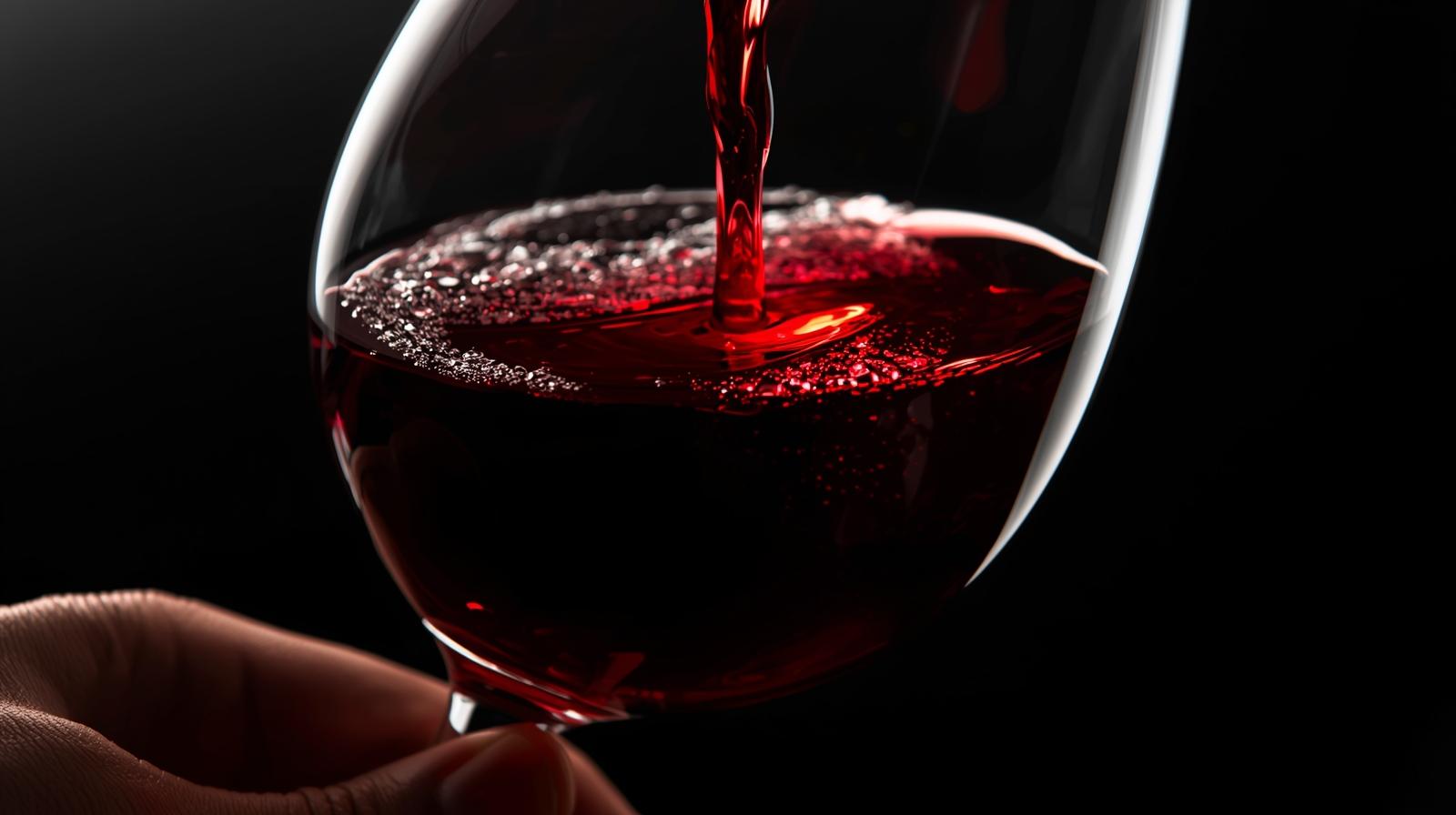
H
Hot
A tasting term used to describe a wine with excessive, unbalanced alcohol. You might feel a burning sensation in your throat or nostrils. It’s generally considered a flaw, as the alcohol overpowers the wine’s fruit and other characteristics.
I
Integrated
A term used to describe how well the different components of a wine (tannin, acid, alcohol, oak) have come together. When they are “well-integrated,” they are seamless and harmonious, with no single element sticking out. This often happens as a wine ages.
J
Jammy
A tasting term for red wines that have a flavor and texture reminiscent of jam or cooked fruit. It implies a sense of sweetness and ripeness. Often used to describe Zinfandels or Australian Shiraz. It can be a positive trait if balanced, but can be negative if it means the wine is overripe and lacks structure.
L
Legs (or Tears)
The streaks or droplets of wine that run down the inside of the glass after you swirl it. For a long time, people thought this indicated a wine’s quality. In reality, it’s a scientific phenomenon called the Marangoni effect and is primarily an indicator of the wine’s alcohol content—higher alcohol creates thicker, slower-moving legs. While fun to look at, especially in the best wine glasses for red wine, it doesn’t tell you if the wine is good or not.
M
Malolactic Fermentation (MLF)
A secondary fermentation process that many red wines and some white wines (notably Chardonnay) undergo. In MLF, bacteria convert the harsh, tart-tasting malic acid (the acid in green apples) into the softer, creamier-tasting lactic acid (the acid in milk). This process adds texture, richness, and complexity. It’s responsible for the buttery notes in many Chardonnays.
Minerality
A complex and somewhat controversial tasting term used to describe aromas or flavors that are reminiscent of non-fruit, non-herb, non-spice elements. Think: wet stone, slate, chalk, flint, or saline. It’s a textural sensation as much as a flavor. You’ll often hear it used to describe white wines like Sancerre, Chablis, or Riesling from Germany.
N
Nose
A tasting term for the collection of aromas and bouquet you smell in a wine. When a sommelier says a wine has a “big nose,” they mean it is very aromatic.
O
Oaky
Describes the aromas and flavors imparted to a wine by aging it in oak barrels. These can include vanilla, toast, smoke, coconut, dill, and spice. When used well, oak can add complexity and structure. When overused, it can dominate the wine and mask its fruit flavors.
Oxidized
A wine that has been exposed to too much oxygen, causing it to spoil. It loses its fresh fruit character and takes on nutty, bruised-apple, or sherry-like flavors. The color may also appear brownish or dull. This is a common wine fault.
P
Palate
Refers to the flavors and sensations of a wine inside your mouth. The palate encompasses the wine’s taste (sweet, sour, bitter), body, and texture.
R
Residual Sugar (RS)
The amount of natural grape sugar that remains in the wine after fermentation is complete. A “dry” wine has very little RS, while a sweet dessert wine has a lot.
S
Sommelier (sohm-el-YAY)
A trained and knowledgeable wine professional, typically working in a fine dining restaurant, who specializes in all aspects of wine service.
Structure
The “backbone” of a wine. It’s the framework created by the interplay of acidity, tannin, alcohol, and glycerin. A wine with good structure feels well-built and has the potential to age gracefully.
Sulfites
Sulfur dioxide (SO2) is a natural byproduct of fermentation and is also commonly added by winemakers to act as a preservative and antioxidant, preventing spoilage. The “Contains Sulfites” warning on labels is legally required in the U.S. While a very small percentage of the population has a true sulfite sensitivity, they are not the cause of the infamous “red wine headache” for most people.
T
Tannin
This is a crucial component, especially in red wines. Tannins are naturally occurring polyphenols found in grape skins, seeds, and stems (as well as in oak barrels and black tea). In your mouth, tannin creates a drying, astringent, slightly bitter sensation that you feel on your gums and cheeks. It’s the same feeling you get from drinking strong, black tea. Tannins provide structure, texture, and complexity to red wine and are a key preservative that allows them to age. A wine with high tannins can be described as “grippy” or “firm.”
Terroir (tare-WAHR)
A French term that has no direct English translation but is one of the most important concepts in wine. It refers to the complete natural environment in which a particular wine is produced, including factors such as the soil, topography, and climate. It’s the “sense of place” that gives a wine its unique character. Two wineries growing the same grape but with different terroir can produce vastly different wines.
U
Ullage
The pocket of air between the wine and the cork in a bottle of wine. As a wine ages, a small amount of wine can evaporate through the cork, increasing the ullage. A large amount of ullage in an older bottle can be a sign that the wine may have oxidized due to a faulty cork. This is a key thing to check when evaluating older vintages as you learn more about how to store wine at home.
V
Varietal
The type of grape. Cabernet Sauvignon, Chardonnay, Pinot Noir, and Merlot are all examples of varietals. A wine labeled with a varietal name (e.g., “Pinot Noir”) must, in the U.S., contain at least 75% of that grape.
Vintage
The year in which the grapes for a particular wine were harvested. A “non-vintage” (NV) wine, common for Champagne and Port, is a blend of wines from multiple years.
Y
Yeast
The microscopic fungus responsible for fermentation. Yeast can be either commercially cultivated or ambient (wild yeasts that naturally exist in the vineyard and winery).
Tools for Your Tasting Journey
As you dive deeper, a few tools can dramatically accelerate your learning and enhance your enjoyment. Consider these your study aids for the wonderful world of wine. These also make for fantastic and thoughtful selections from our wine gift ideas for her (or any wine lover) list!

The Wine Bible by Karen MacNeil
If you buy only one wine book, this is it. It’s comprehensive, engagingly written, and covers everything from grape varietals to regions. It’s the ultimate reference book for beginners and experts alike.
Check Price on Amazon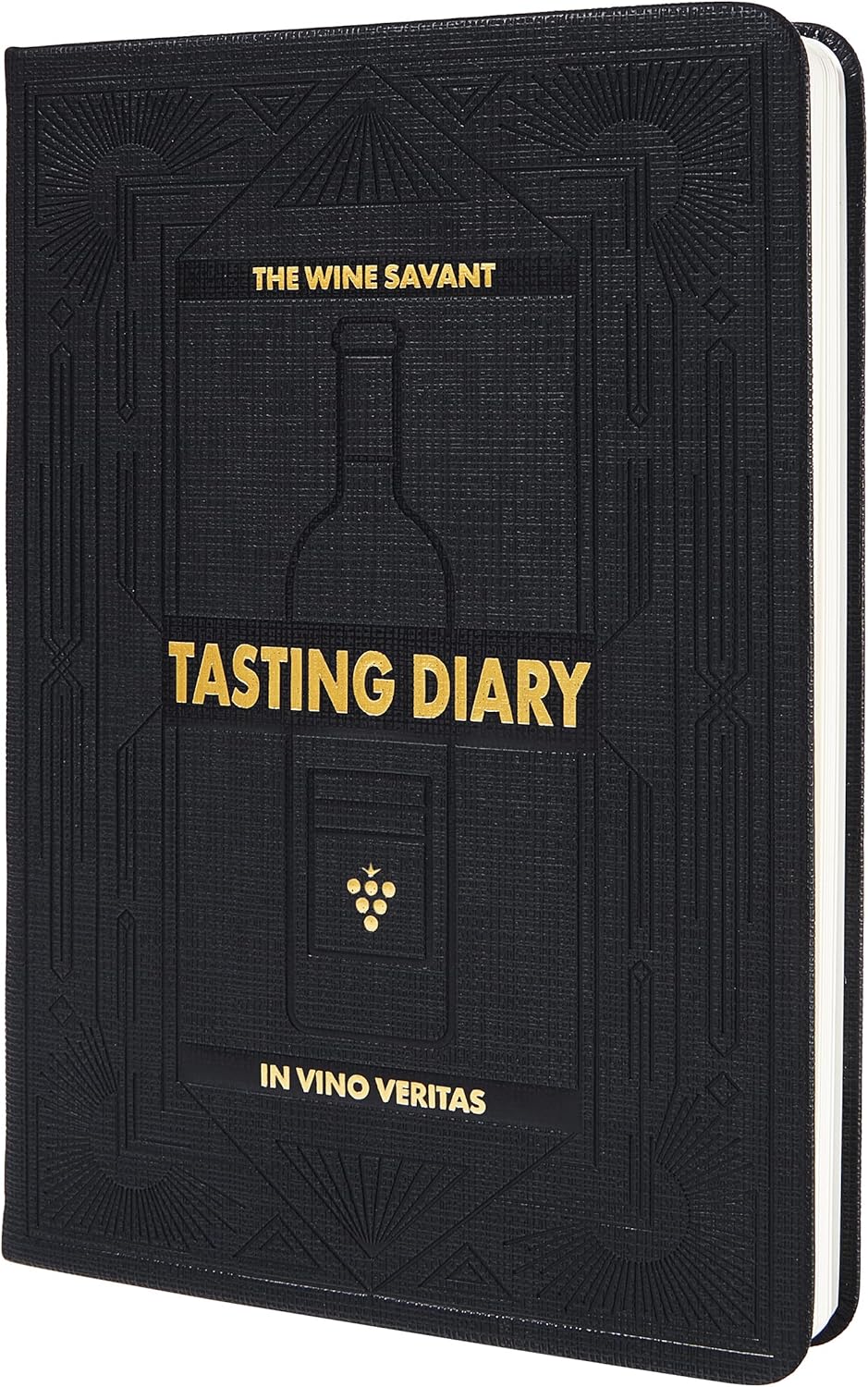
A Wine Tasting Journal
The single best way to learn is to take notes. This beautifully designed journal provides prompts for aroma, taste, finish, and more, helping you build a personal library of your tasting experiences and discover your palate.
Check Price on Amazon
Master Wine Aroma Kit
Having trouble identifying “cassis” or “licorice” in your wine? This kit is like flashcards for your nose. It contains vials of common wine aromas, allowing you to train your sense of smell to identify specific notes in the glass.
Check Price on AmazonFrequently Asked Questions (FAQ)
What’s the difference between “fruity” and “sweet”?
This is a common point of confusion. “Fruity” refers to the aromas and flavors of fruit in the wine (like cherry, blackberry, or lemon). “Sweet” refers to the actual presence of residual sugar. A wine can be bursting with fruit flavors but be technically “dry” (not sweet). For example, many of the best affordable wines 2025, like a New Zealand Sauvignon Blanc, are very fruity but completely dry.
Why do people spit out wine at tastings?
Professional tasters and serious enthusiasts spit so they can taste many different wines in a single session without becoming intoxicated. Alcohol can dull the senses, so spitting allows them to maintain a clear palate and critically evaluate each wine.
What’s the best way to start learning these terms?
The best way is to taste actively. The next time you open a bottle, pour a glass and really think about it. Use this guide. Try to identify the body, check for tannins, and think about the finish. Write down what you taste. There’s no right or wrong answer; it’s about what you perceive.
Conclusion: Wine is a Conversation
Learning wine terminology isn’t about memorizing a dictionary so you can show off at parties. It’s about giving yourself the tools to understand and appreciate the incredible complexity, history, and craftsmanship that goes into every bottle. It allows you to have a conversation with the wine, with the winemaker, and with fellow wine lovers.
This language turns a simple beverage into a story of place (terroir), of a year (vintage), and of a grape (varietal). Don’t be intimidated. Be curious. The next time you pour a glass, take a moment to smell and taste it thoughtfully. What words come to mind? Your journey to fluency has already begun. Cheers!


